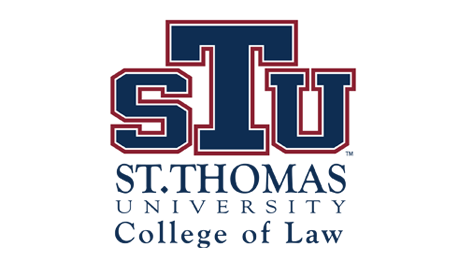Intercultural Human Rights Law Review
First Page
93
Abstract
Indian tribes have long governed themselves in a manner that developed far different than the Anglo-American legal system. Many indigenous cultures relied upon an oral tradition, inextricably intertwined with their languages, to make the ways of their people known. In these cultures, social mores tied to the geographies of traditional territories developed to ensure a form of law and order, and social control existed sufficient to maintain the societies. Many indigenous cultures had written laws as well. These rules survived after contact with the European nations and survive today in modified form. As indigenous societies reacted, changed, and sometimes all but died, their rules changed as well. The introduction of European commerce, religion, and brutality into indigenous communities forced these changes - and sometimes these changes were radical. Underlying social mores of indigenous communities changed as some communities maintained a state of active hostility with the Europeans for months, years, decades, or longer. And, as the European powers sought to enter into treaties with indigenous communities, more and more Indian "tribes" with titular heads began to develop. As a general matter, it appears that the more singular the tribal leadership, the less likely the tribe would survive. In contrast, the more plural the tribal leadership, the more likely the tribe would survive. Compare King Philip with the Haudenosaunee and Three Fires Confederacies. Despite this trend, indigenous societies began to mirror European governments more and more - hence, the rise of tribal government.
Recommended Citation
Matthew L. Fletcher,
The Supreme Court's Legal Culture War against Tribal Law,
2
Intercultural Hum. Rts. L. Rev.
93
(2007).
Available at:
https://scholarship.stu.edu/ihrlr/vol2/iss1/8

